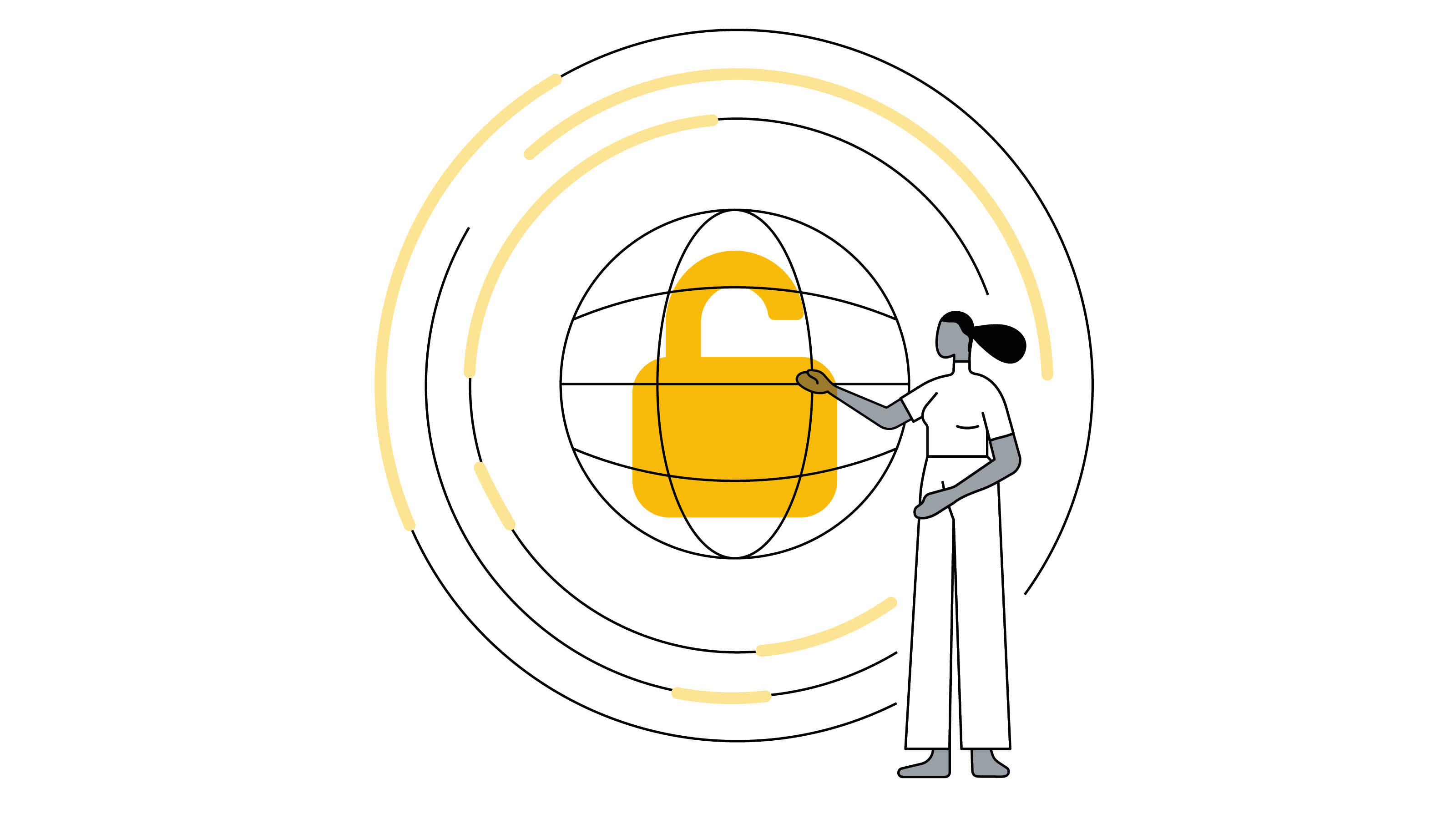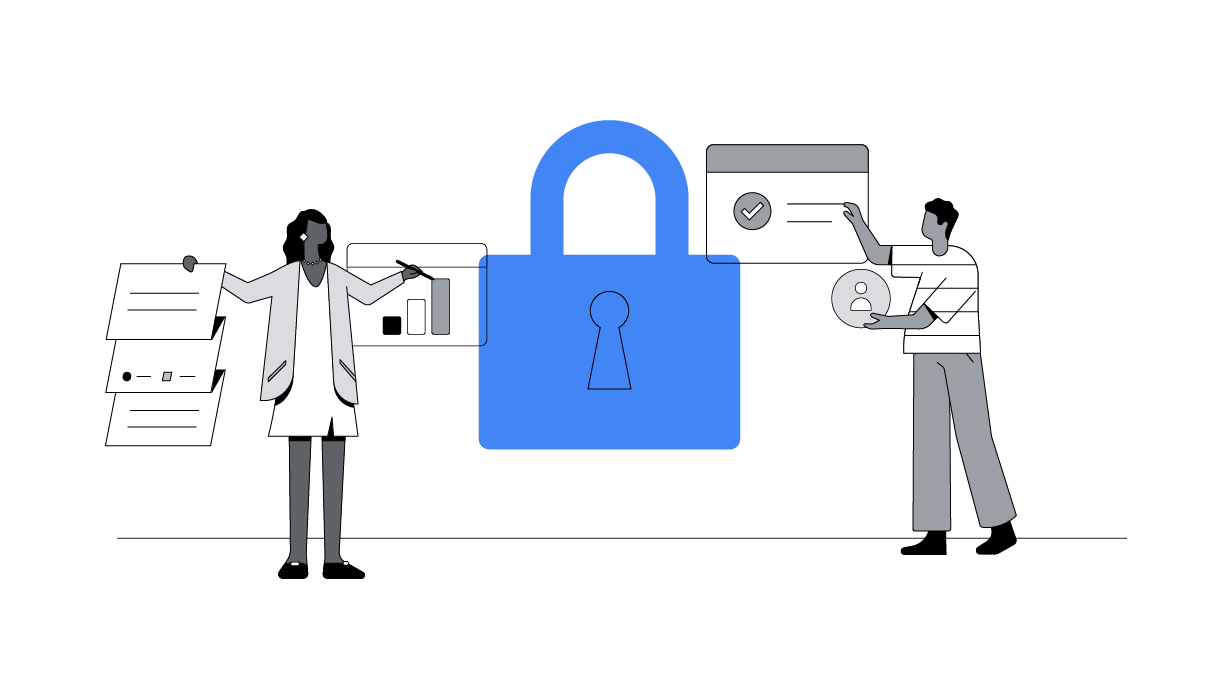User trust has never mattered more, with half the world now online. Here, Matt Brittin, President, EMEA Business & Operations at Google, discusses the opportunities and challenges of a privacy-first web for business and for advertising.
In March 1989, Tim Berners-Lee at the European Organization for Nuclear Research — more commonly known as CERN — submitted a memo entitled, “Information Management: A Proposal”. The uninspiringly-named document proposed a radical departure from the old, top-down way information was linked online. In essence, he had just invented the World Wide Web.
Thirty years later, it’s hard to imagine life before the internet. In fact, we’re at a pivotal moment in the history of the web. According to Bond Internet Trends, 50% of the world’s seven billion inhabitants are now online.
Privacy and personalisation are not at odds
With so many people online, it’s more important than ever that the internet is not only useful, but safe for those using it. We are all lucky to enjoy a web that’s free, open, and rich in quality content and services — and that’s largely due to online advertising. In the countless times per day each of us goes online, it’s easy to forget the intricate give-and-take relationship that keeps the wheels turning: users expect privacy; advertisers want effectiveness; and publishers need monetisation.
This balance between privacy and personalisation is at the heart of sustaining the open web and the ecosystem that benefits billions across the globe. And it’s up to us as an industry to work together to create a web that is helpful, safe, and secure to the next generation of internet users.
We all — users, advertisers, publishers — have a part to play in building a web that works for everyone: One where users have transparency, choice, and control; where advertisers can connect with audiences in the right place at the right time; and where publishers can afford to fund quality content that people keep coming back to. That’s why what matters to users matters to all of us.
What matters to users matters to all of us
To keep the online ecosystem clean, we’ve tightened our policies on misinformation, and last year we blocked over 700,000 publishers and app developers from our ad networks. We have also removed over 2.3 billion ads and almost one million accounts.
We also make sure people’s personal and private information like emails, photos, and files are kept under lock and key, with users in control of what, if anything, is shared.
Our global Google Safety and Engineering Center based in Munich is tasked with developing new tools and features that keep users safe online. For example, making privacy settings easier for users to find in our products.
Experimenting with ways to make ads work harder with less personal data
All advertisers want to serve the right message to the right people at the right time — and that’s unlikely to wear off anytime soon. So we have to find new approaches that allow advertisers to be there in those moments, while still protecting user privacy. That’s where we’ve found machine learning can help.
Personalisation and privacy do not have to be at odds with one another
Take this example: Our digital advertising agency, Essence, working alongside our own Google Media Lab, identified a way to create hyper-contextual ads that feel personal to audiences, but without using any of their data.
For the purposes of the experiment, they used The Guardian’s treasure trove of recipes – and tasked the machine learning model to understand the complex nuances of each dish. For example, whether it’s sweet (dessert) or savoury (dinner), which is actually much harder than you might think.
Doing so allowed them to know more about the precise context of each user while they’re reading — then create and serve ads relevant to the moment. For example, suggesting a new brand of smoothie for people pulling together a quick breakfast. Or if would-be chefs are browsing an especially complex and time-consuming dinner recipe, cheekily suggesting they order a takeaway via Google Home instead. And so on.
By using a dynamic creative unit, this model allowed the team to deliver highly relevant messages to each user, while ensuring their privacy is maintained. Advertisers achieve reach and relevance, and publishers still fulfil their commercial objectives.
Here’s to the next 30 years
As we consider what the next 30 years of the web may hold, one thing is clear already: we as an industry must do more to develop technology that helps honour and respect people’s need for privacy and security.
We owe it to the next billion internet users to be able to enjoy and benefit from a free and open web, just as we have done before them.
While we at Google recognise our own responsibilities in this area, it’s also necessary for the whole industry to find a solution together. Our own experiments show that personalisation and privacy do not have to be at odds with one another. In other words, there is a way forward where both publishers’ and advertisers’ goals can be collectively met.
After all, we owe it to the next billion internet users to be able to enjoy and benefit from a free and open web, just as we have done before them.






